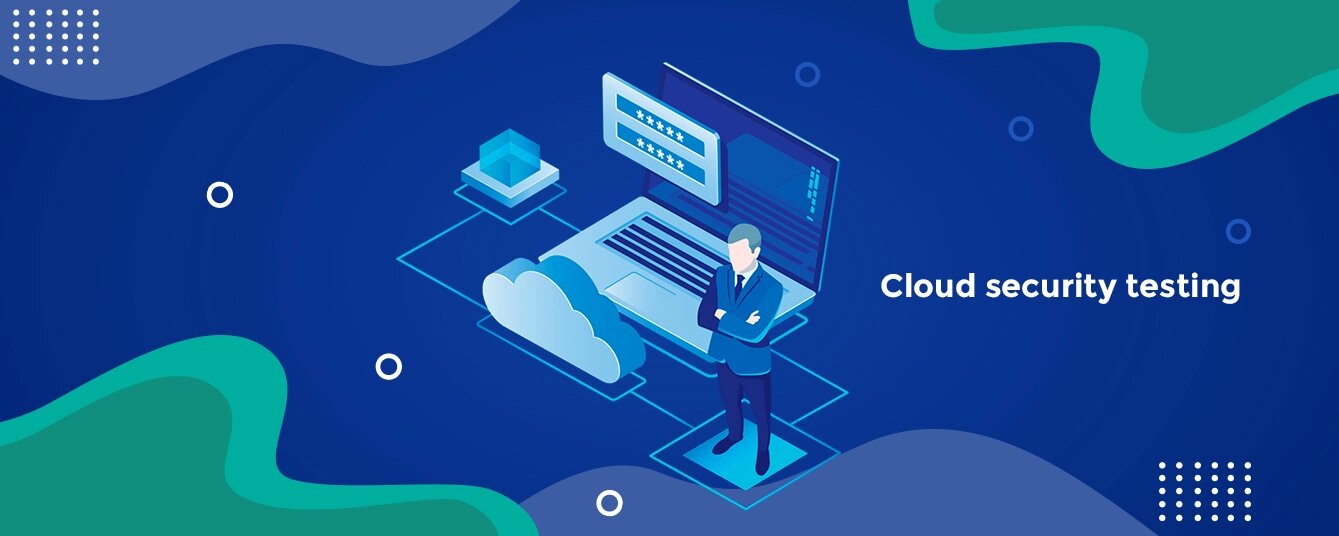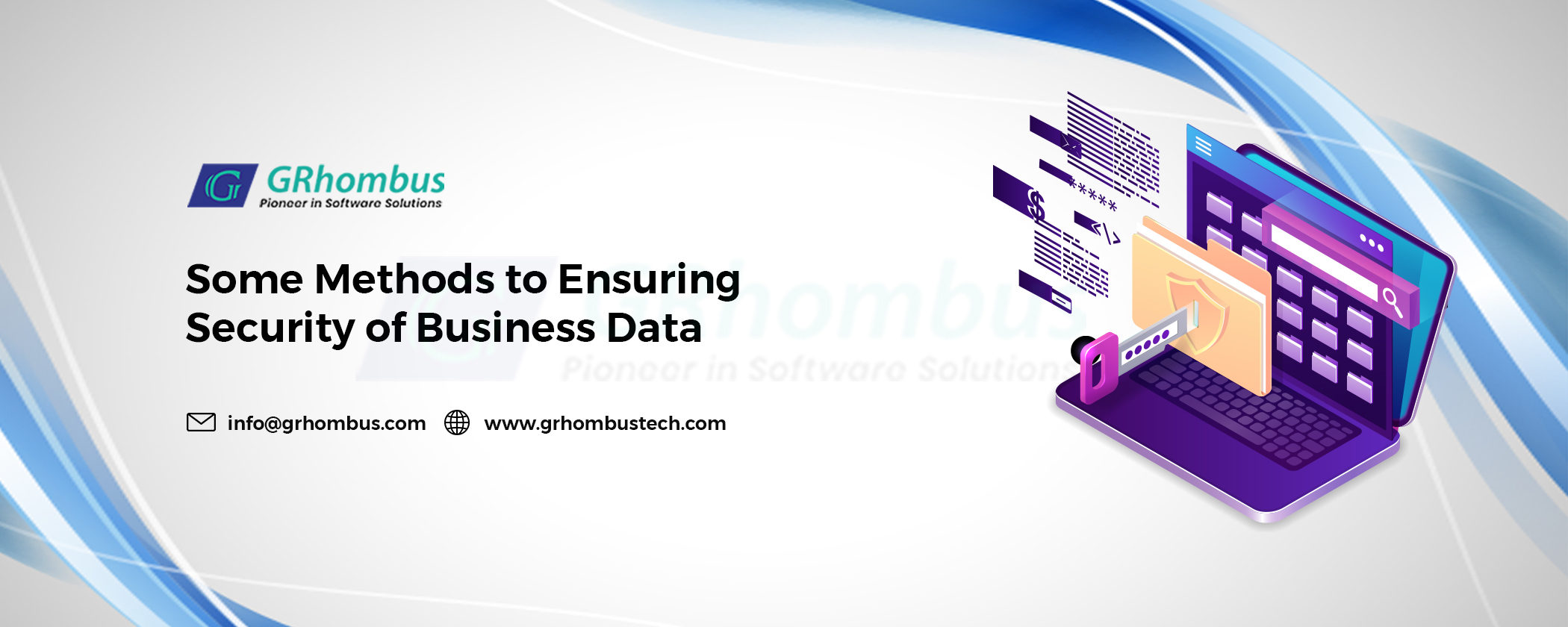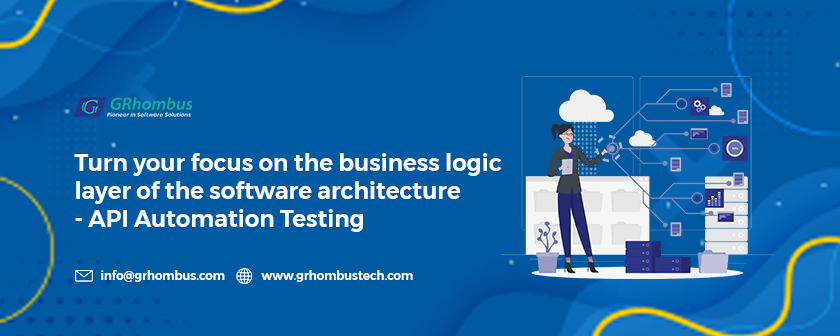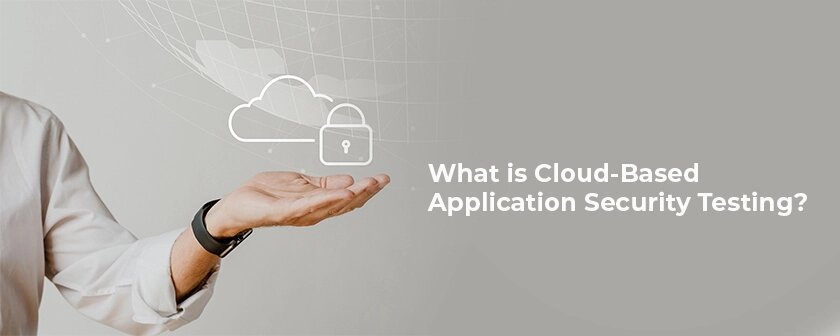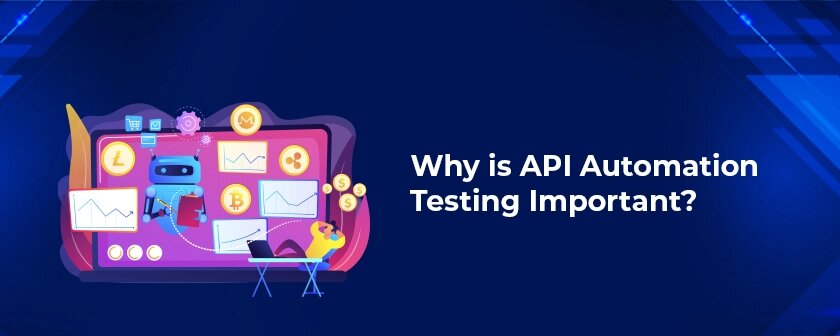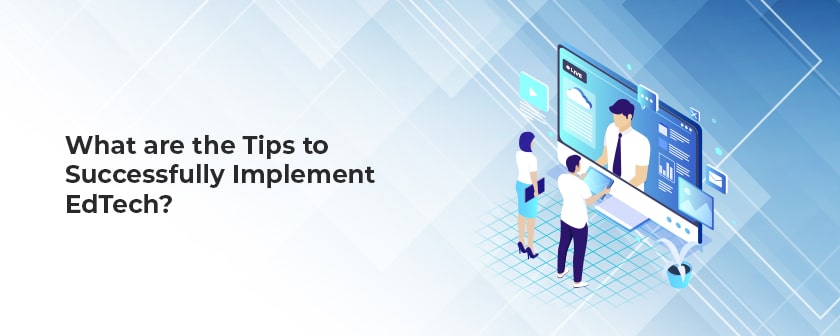Cloud Application Security Testing assesses the security trustworthiness of the virtual stage facilitating your business-basic data resources. The goal ought to be to distinguish the potential security weaknesses related with your cloud administration for remediation or hazard acknowledgment. Successful cloud security testing benchmarks the security arrangement of your facilitating climate. The leading cloud application testing company will prevent you from attacks and provides you with proper encryption and firewalls.
Automate a success to get automated success!
GRhombus Technology financially savoy Cloud Security Testing can assist with decreasing the danger of a break to your frameworks. Our best cloud security testing administration is conveyed in 4 stages:
1. Planning
Helps in auditing the cloud supplier administration level arrangements. Affirming test scope, target IPs, URLs, APIs, login accreditations and honours, consistence necessities, testing times, resources and rules of commitment.
2. Vulnerability Scanning
Recognizing security design, intelligent and actual security shortcomings related with the objective climate.
3. Findings/Analysis
Deciding bogus up-sides and affirming hazard levels related with recognized weaknesses.
4. Reporting
Recording discoveries and hazard level related with the cloud stage.
Cloud Security Testing Features and Components
Our cloud security testing philosophy depends on accepted procedures as set up and characterized by ISECOM’s Open Source Security Testing Methodology Manual (OSSTMM), the Open Web Application Security Project (OWASP) Cloud Security Project rules.
GRhombus technology will assess the risks, understand the context and build the best cloud security testing solutions for your engineering stack. Our security testing specialists utilize both robotized cloud security testing devices and manual methods to recognize security weaknesses that might compromise the security uprightness of your cloud stage, for example, setup defects, overabundance constructs, missing security fixes and updates or fixes or programming mistakes on stage server assembles. All testing is checked to meet your particular business or consistence prerequisites and we issue “Testing Certificates” to empower your business to deliver proof of consistence whenever required.
Explicit cloud stages require explicit testing targets procedures and apparatuses. GRhombus Technology gives cloud security testing to the accompanying cloud conditions:
- On Premises
- Foundation as a Service
- Stage as a Service
- Programming as a Service
This gives an exhaustive report that subtleties security weaknesses distinguished and explicit activities for remediation, a kindness studio and available to come in to work help.
Definite Report: The report subtleties explicit weaknesses distinguished on the stage, how they were recognized, strategies and instruments used to distinguish them and visual proof if pertinent. The report will show a security weakness hazard rating for hazard decrease references.
Graciousness Workshop: The report is introduced in a studio with appropriate business partners to guarantee how they might interpret the discoveries and the dangers related with facilitating the business data resources on the stage.
Available for potential emergencies Advice Assistance: We give exhortation and help to 30 days following the report submittal and answer any inquiries that emerge from executing therapeutic activities and guaranteeing hazard decrease.
Free Retesting: We offer retesting to confirm healing activities were successful. Upon fulfillment, we’ll furnish you with an outline report checking therapeutic measures have been carried out.
Client Promise: Our administrations give an unrivalled infiltration testing arrangement which is covered by a 100 percent fulfilment assured.
Cloud Testing Benefits: Our Cloud Security Testing Service evaluates the viability of the security controls and arrangements sent on your cloud stage. This savvy administration will affirm the vigour of your present stages:
- Client access and confirmation controls
- Customer virtual division and compartmentalization
- Hypervisor access controls
- Server security design and construct
- Frameworks security organization program
- Episode recognizable proof capacity
- Episode reaction plans and systems
Moreover, the help incorporates the conventional audit of your cloud supplier administration level understanding (SLA) and the arrangements of suggestions for improving the security related with your administration.
Why GRhombus technology?
Our accomplished security engineers carry out definite Cloud Penetration Testing techniques utilizing exclusive and open-source instruments guaranteeing they can adequately evaluate your organizations capacities to identify and relieve assaults against your business frameworks. All security testing engineers are entirely confirmed and liable to inside and out proficient, criminal and credit records checks. At the point when you pick us, you’re choosing GRhombus technology for working with qualified specialists.
